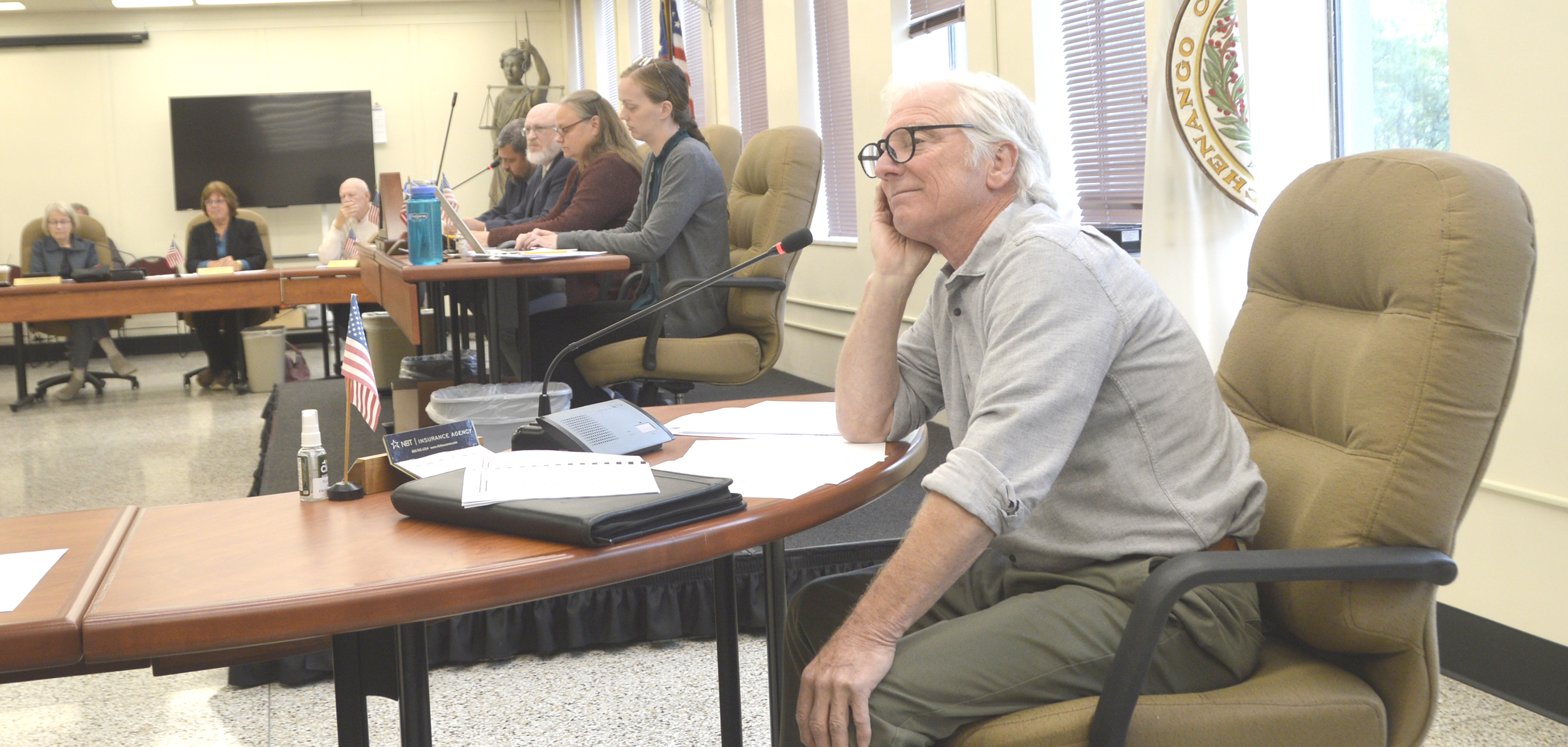Equalization rates remain flat; only handful of towns at 100 percent
NORWICH – The New York State Board of Real Property Services has released annual equalization rates for Chenango County’s municipalities.
Except in cases where towns have completed a re-evaluation, a few percentage point changes over the past two years means rates remain flat, said Chenango County RPTS Director Steve Harris.
The values are used by the state to determine each town and the City of Norwich’s county and school tax rate for 2012. They are based on a combination of town assessors’ data and actual property sales within each town (or if not enough said sales, then inventory data from across the state) from June 1, 2009 through June 30, 2010.
2009 2010 2011
City of Norwich 60.00 66.00 68.00
Town of Afton 57.72 64.00 61.00
Town of Bainbridge 52.90 100 100
Town of Columbus 41.00 100 105.29
Town of Coventry 100.00 100 100
Town of German 45.75 45.00 44.50
Town of Greene 100.00 100 100
Town of Guilford 52.00 57.60 100
Town of Lincklaen 60.00 61.00 64.00
Town of McDonough 69.20 75.00 77.57
Town of New Berlin 84.50 86.00 100
Town of N. Norwich 59.00 63.00 66.00
Town of Norwich 50.31 51.59 52.00
Town of Otselic 43.50 46.00 48.10









Comments